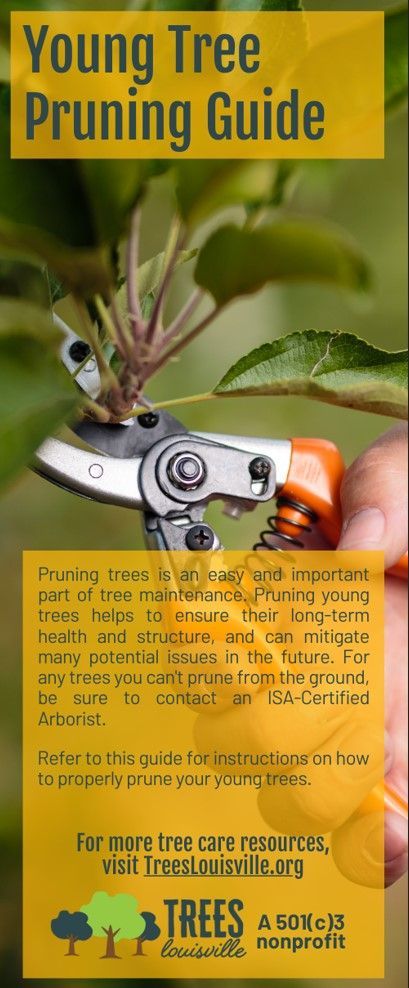Tree Care: Pruning
Pruning helps determine the shape and structure of a tree as it matures and will help keep it stronger and healthier by removing any problematic or damaged limbs. The goal is to establish a strong “framework” of a sturdy trunk and well-spaced limbs. Most young trees will require occasional pruning – but leave the pruning until after the first year to give the tree some time to get established.
TOOLS
- Pruning shears – for cuts a pencil’s diameter or smaller
- Lopping shears – for cuts larger than 1/2in diameter
- Hand saw – for cuts larger than 1/2in diameter
PRUNING SAFETY
- Wear safety glasses/eye coverage.
- Use a step-stool or ladder to reach branches higher than shoulder height. Alternately, use a pole pruner.
- Tree work can potentially be very dangerous. It is highly recommended that you contact a certified arborist/professional to perform tree work on limbs that require the use of power equipment or on a tree that is dead or damaged.
KEYS TO GOOD PRUNING
(Courtesy of the Arbor Day Foundation)
- Prune early in life of the tree so pruning wounds are small and so growth goes where you want it.
- Begin your visual inspection at the top of the tree and work downward.
- Identify the best leader and lateral branches (scaffold limbs) before you begin pruning and remove defective parts before pruning for form.
- Don’t worry about protecting pruning cuts. For aesthetics, you may feel better painting larger wounds with a neutral-color tree paint, but the evidence is that it does not prevent or reduce decay.
- Keep your tools sharp. One-handed pruning shears with curved blades (secateurs) work best on young trees.
- Make safety the no. 1 priority. For high branches use a pole pruner. A major job on a big tree should be done by a professional arborist.
- When you prune back to the trunk or a larger limb, branches too small to have formed a collar (swollen area at the base) should be cut close. Otherwise, follow the rules of good pruning of larger limbs by cutting just outside the branch ridge and collar and at a slight down-and-outward angle (so as not to injure the collar). Do not leave a protruding stub.
- When simply shortening a small branch, make the cut at a lateral bud or another lateral branch (referred to as “head” or “headback pruning”). Favor a bud that will produce a branch that will grow in a desired direction (usually outward). The cut should be sharp and clean and made at a slight angle about one-fourth of an inch beyond the bud.
Right Tree, Right Place
It’s important to consider location and tree size when planting a tree to avoid interfering with overhead and underground utilities or building structures.



